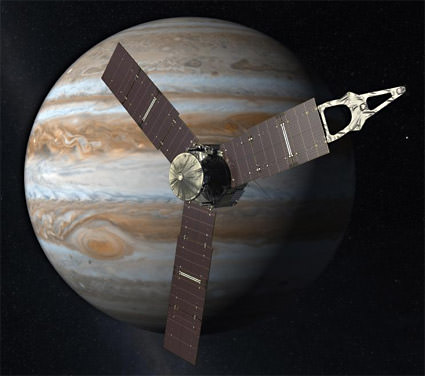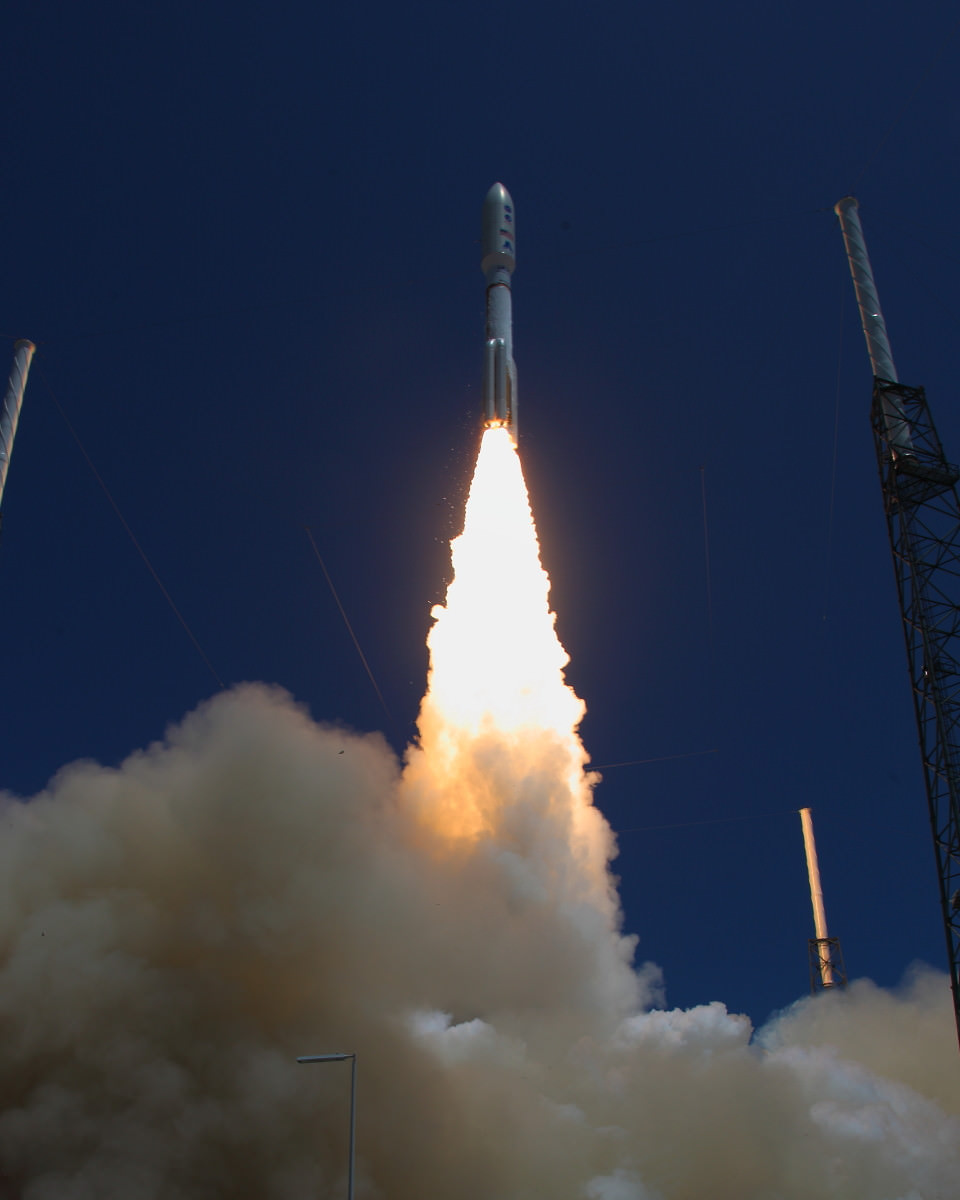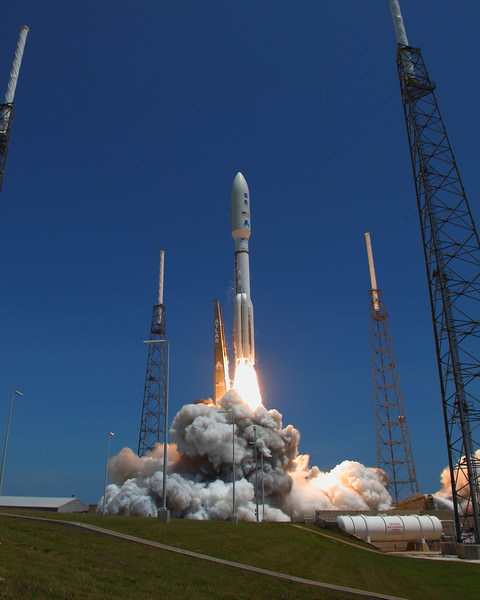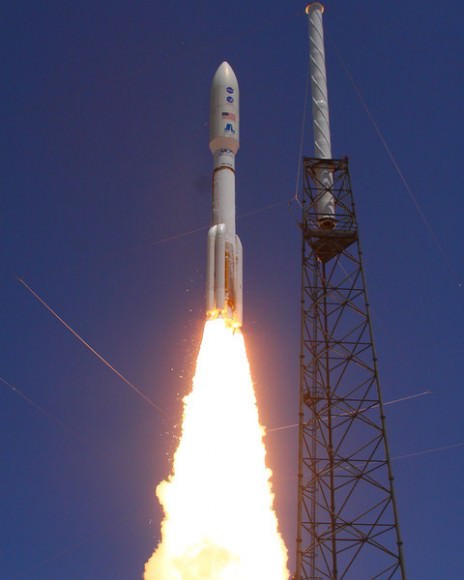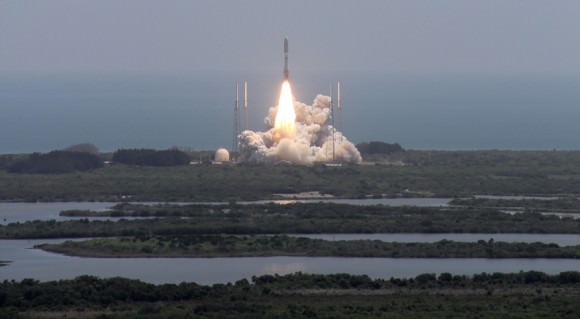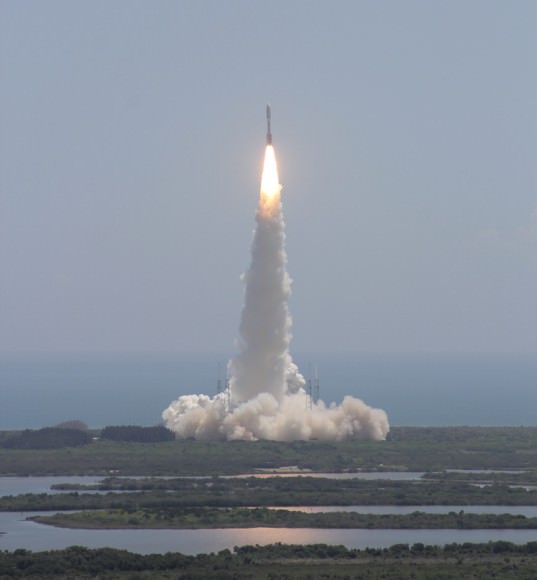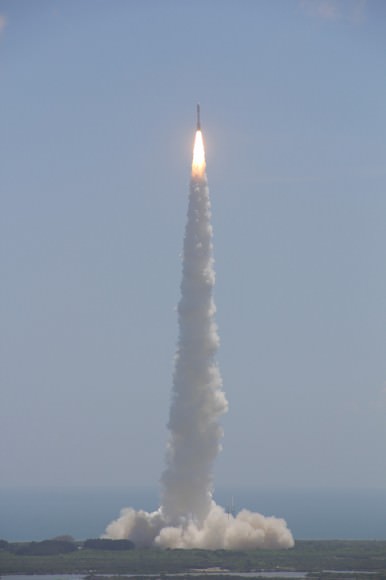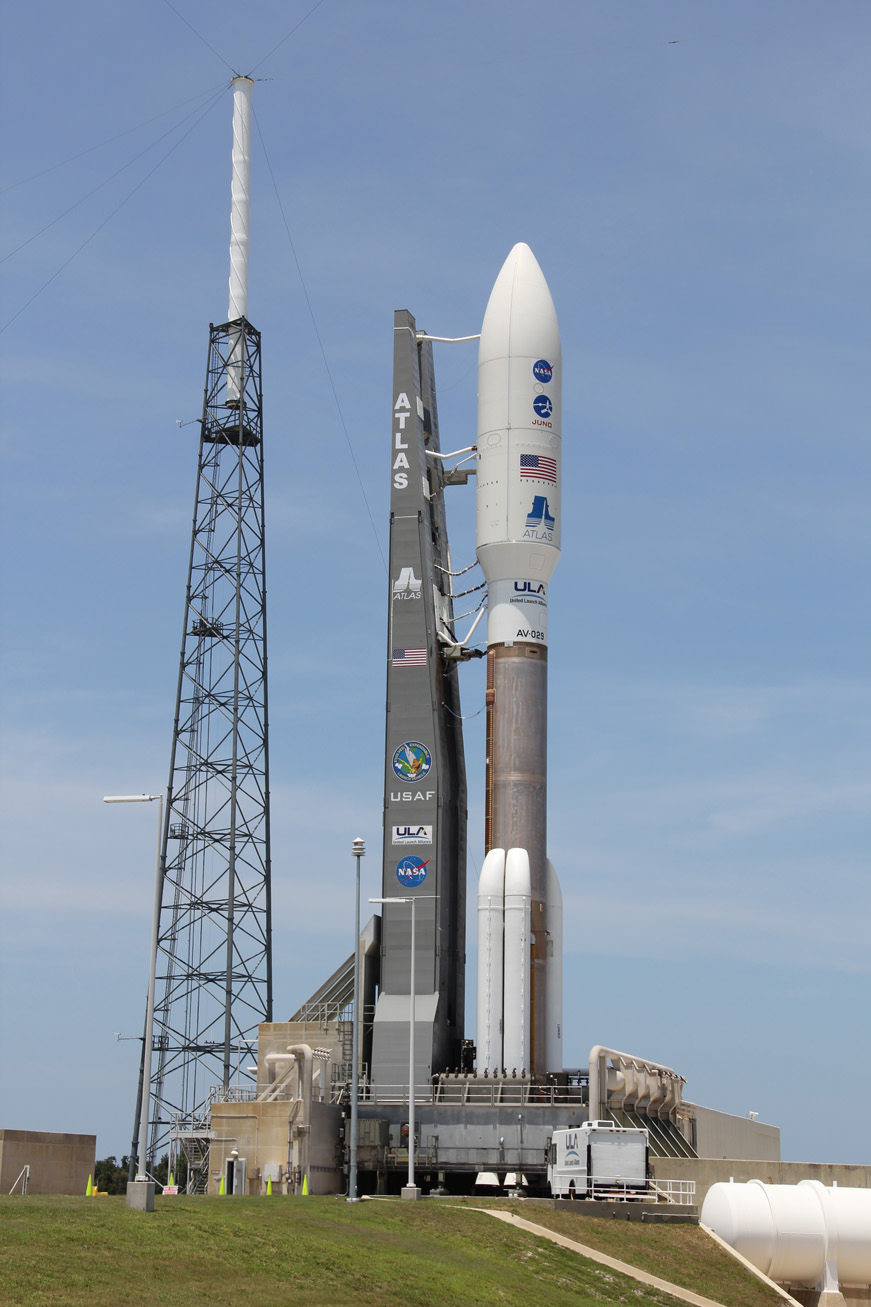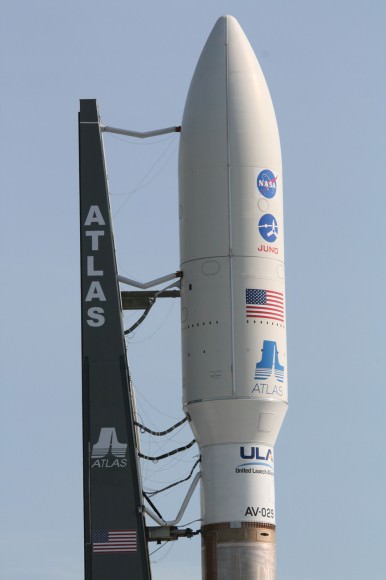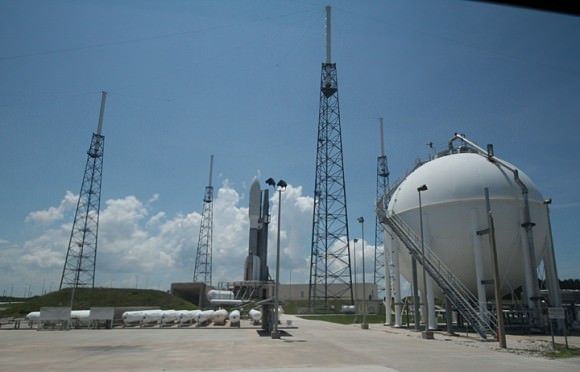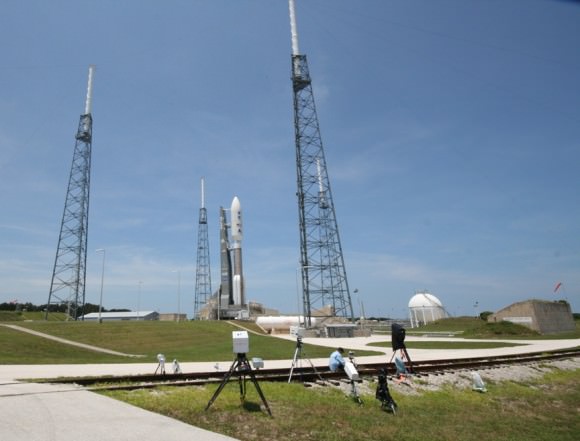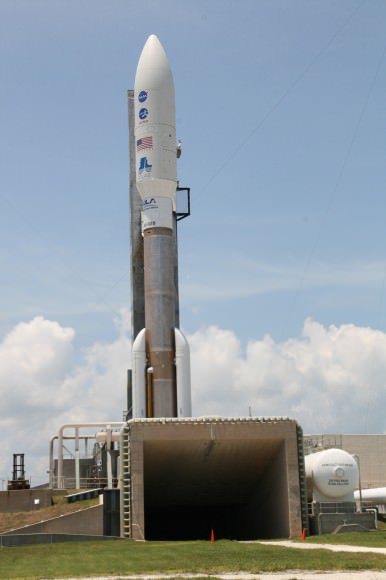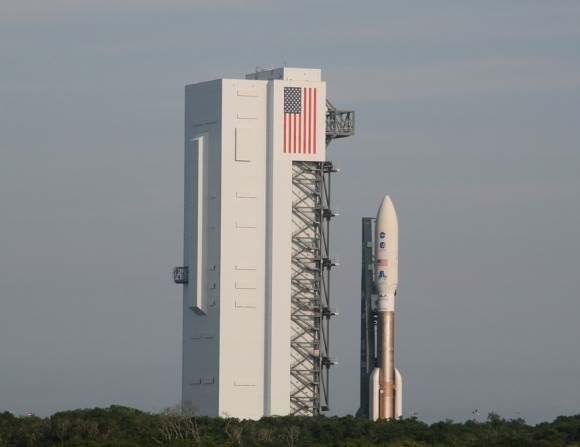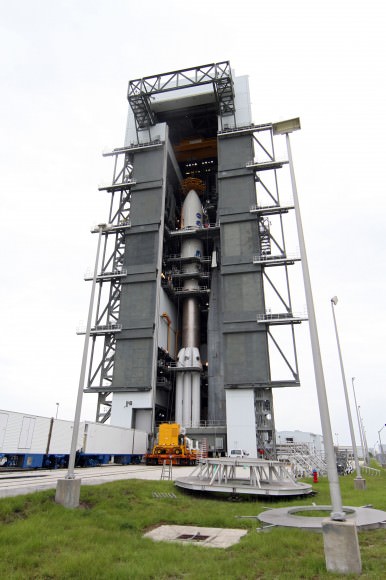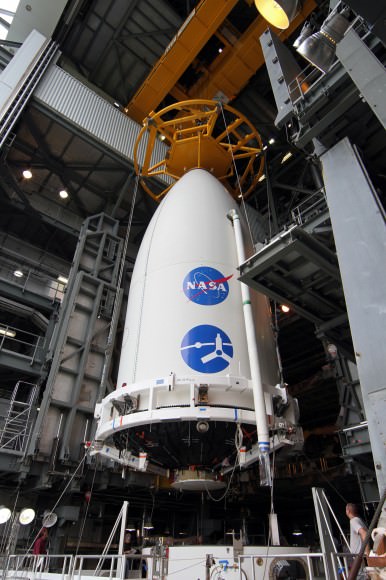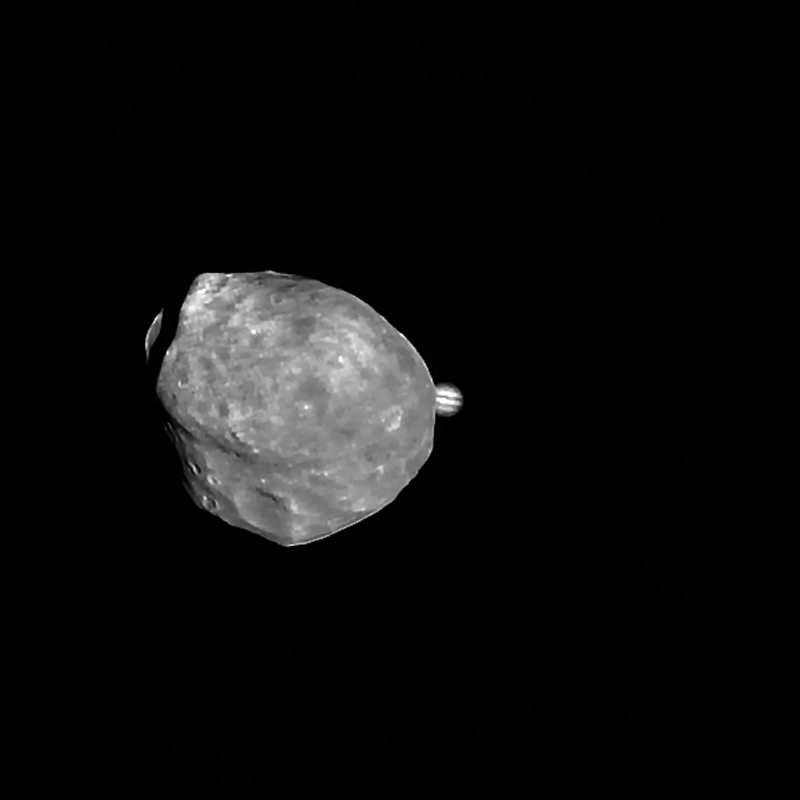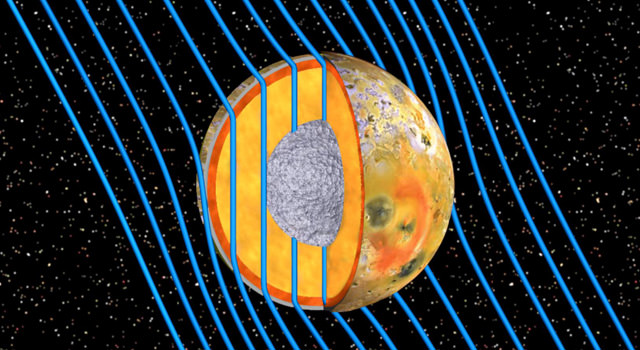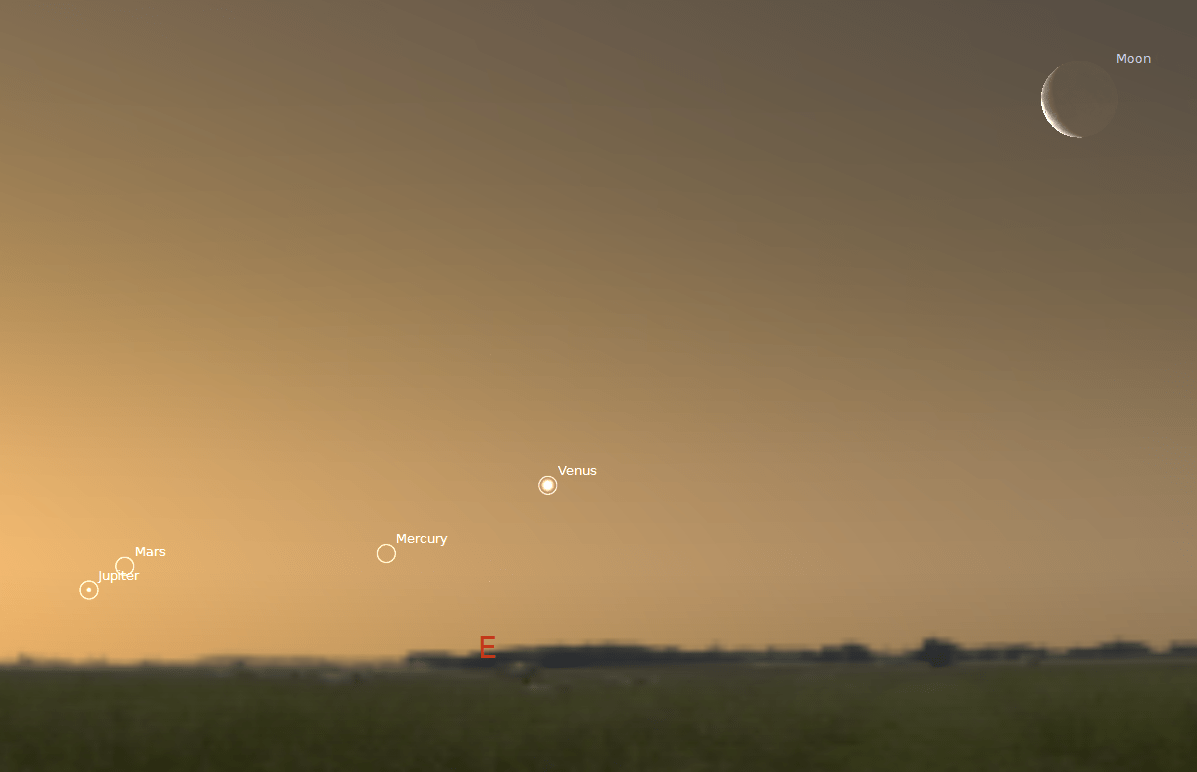[/caption]
The Juno spacecraft, now safely on its way to the planet Jupiter, is carrying along with it several artifacts in honor of its voyage. Onboard the probe are three, tiny figurines of key players in the mythological and historical background of the gas giant. LEGO figurines of the Roman god Jupiter, his wife Juno and Italian astronomer Galileo Galilei have had their 1.5-inch likenesses added to the voyage.
In Roman mythology Jupiter had cast a veil of clouds over himself to hide his activities. Undeterred, his wife, Juno, peered through the clouds to see Jupiter’s true nature. Hence, her representation onboard the Juno spacecraft – is holding a spyglass. The last member of this odd ‘crew’ is Galileo, the man who made a number of important discoveries regarding the Jovian system.
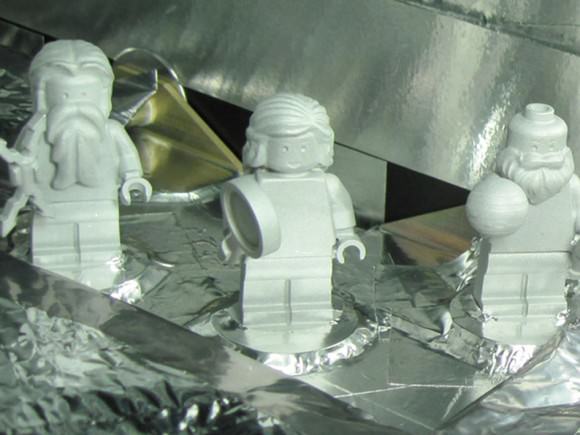
The inclusion of these three figures is part of a joint effort between NASA and the LEGO group to spark interest in Science, Technology, Engineering and Math or STEM in children. NASA went one step further in acknowledging the accomplishments of the man that made so many discoveries about this massive world. It has included a plaque in honor or Galileo.
During his life, Galileo contributed greatly to mankind’s understanding of the solar system. He discovered in 1610 what have since been dubbed the “Galilean moons” – Io, Europa, Ganymede and Callisto.

The plaque was donated by the Italian Space Agency and it measures 2.8 by 2 inches (71 by 51 millimeters). The plaque is manufactured from flight grade aluminum and weighs six grams or about 0.2 ounces. The plaque includes an illustration of the famous astronomer along with an inscription – in his own hand – a passage he made in 1610 concerning his observations of Jupiter. The inscription reads:
“On the 11th it was in this formation — and the star closest to Jupiter was half the size than the other and very close to the other so that during the previous nights all of the three observed stars looked of the same dimension and among them equally afar; so that it is evident that around Jupiter there are three moving stars invisible till this time to everyone.”
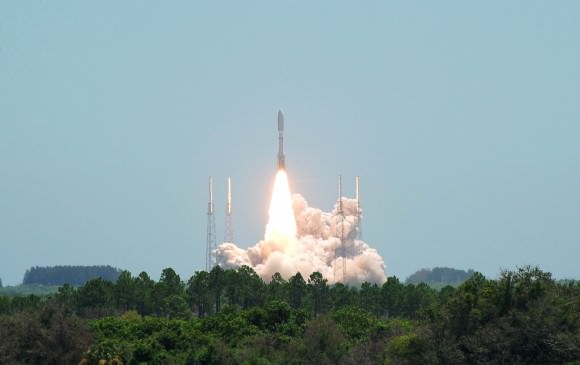
Juno successfully lifted off from Cape Canaveral Air Force Station’s Space Launch Complex 41 at 12:25 p.m. EDT on Friday, August 5. It will take the probe about five years to reach Jupiter. Once there it will enter in a polar orbit around the world where it will use its suite of instruments to peer beneath the veil of Jupiter’s clouds to study the planet’s gravity, magnetosphere and whether-or-not the planet has a rocky core.
NASA’s Jet Propulsion Laboratory (JPL) manages the Juno mission for the principal investigator, Scott Bolton, from the Southwest Research Institute in San Antonio. The Juno mission is part of the New Frontiers Program managed at NASA’s Marshall Space Flight Center in Huntsville, Ala. Lockheed Martin Space Systems, Denver, built the Juno spacecraft.
